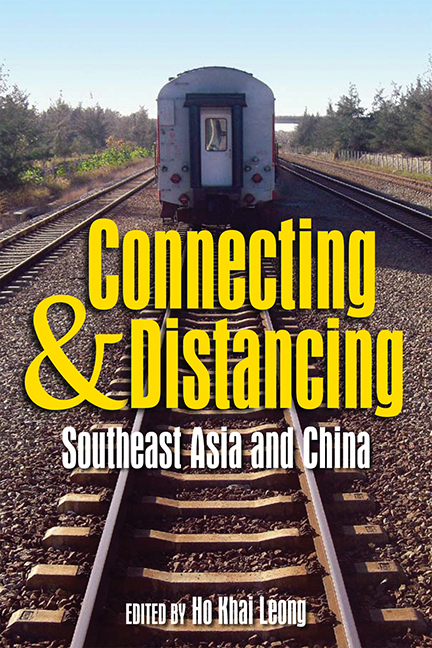Book contents
- Frontmatter
- Contents
- Contributors
- Introduction
- PART I History and Remembrance
- PART II The Cultural and Chinese Identity
- 7 Capital Accumulation along Migratory Trajectories: China Students in Singapore's Secondary Education Sector
- 8 China and the Cultural Identity of the Chinese in Indonesia
- PART III Economy, Politics and Regionalism
- Index
7 - Capital Accumulation along Migratory Trajectories: China Students in Singapore's Secondary Education Sector
from PART II - The Cultural and Chinese Identity
Published online by Cambridge University Press: 21 October 2015
- Frontmatter
- Contents
- Contributors
- Introduction
- PART I History and Remembrance
- PART II The Cultural and Chinese Identity
- 7 Capital Accumulation along Migratory Trajectories: China Students in Singapore's Secondary Education Sector
- 8 China and the Cultural Identity of the Chinese in Indonesia
- PART III Economy, Politics and Regionalism
- Index
Summary
Students from Mainland China have made an increasingly pronounced presence in Singapore's drive to internationalize its education market and become an important academic hub. They demonstrate distinct features vis-à-vis other members of new Chinese migrants, who left Mainland China after the inception of economic reform and the open-door policy in 1978, and also in their relations with the local Chinese communities that have settled down in Singapore over a few generations. Among the Chinese new migrants, China students are different from professionals, businesspeople, and study mamas, in terms of migratory trajectory and assimilation direction. In the area of life experience in the local communities, China students differ from other students in terms of their outstanding academic performance and cultural characteristics.
This chapter examines the questions surrounding the position of China students in Singapore, with special focus on the secondary education sector. The findings are derived from a number of sources. These include social contacts with China students since 1999 as well as newspapers and magazines coverage. A substantial part of the research was conducted in one of Singapore's secondary schools, with a questionnaire survey in August 2007 and in-depth interviews with the students in February 2008.
In order to uncover and conceptualize China students' behaviour and thinking in terms of connections with China and Singapore, this chapter is structured in five main parts. The first section is a review of the theories of capitals, assimilation, and transnationalism to see how these devices may be used to dissect China students as migrants in the making. The second and third sections attempt to situate China students within Chinese new migrants and also in relation to local communities in Singapore. The fourth section discusses the findings derived from the survey done in a secondary school where China students constitute one of the major groups in the student population. The fifth section concludes the study.
THEORETICAL TOOLS: CAPITALS, ASSIMILATION, TRANSNATIONALISM
In moving along trajectories, from one place to another, migrants have to overcome a myriad of barriers in a new environment and the linkages in the prior localities.
- Type
- Chapter
- Information
- Connecting and DistancingSoutheast Asia and China, pp. 137 - 152Publisher: ISEAS–Yusof Ishak InstitutePrint publication year: 2009



